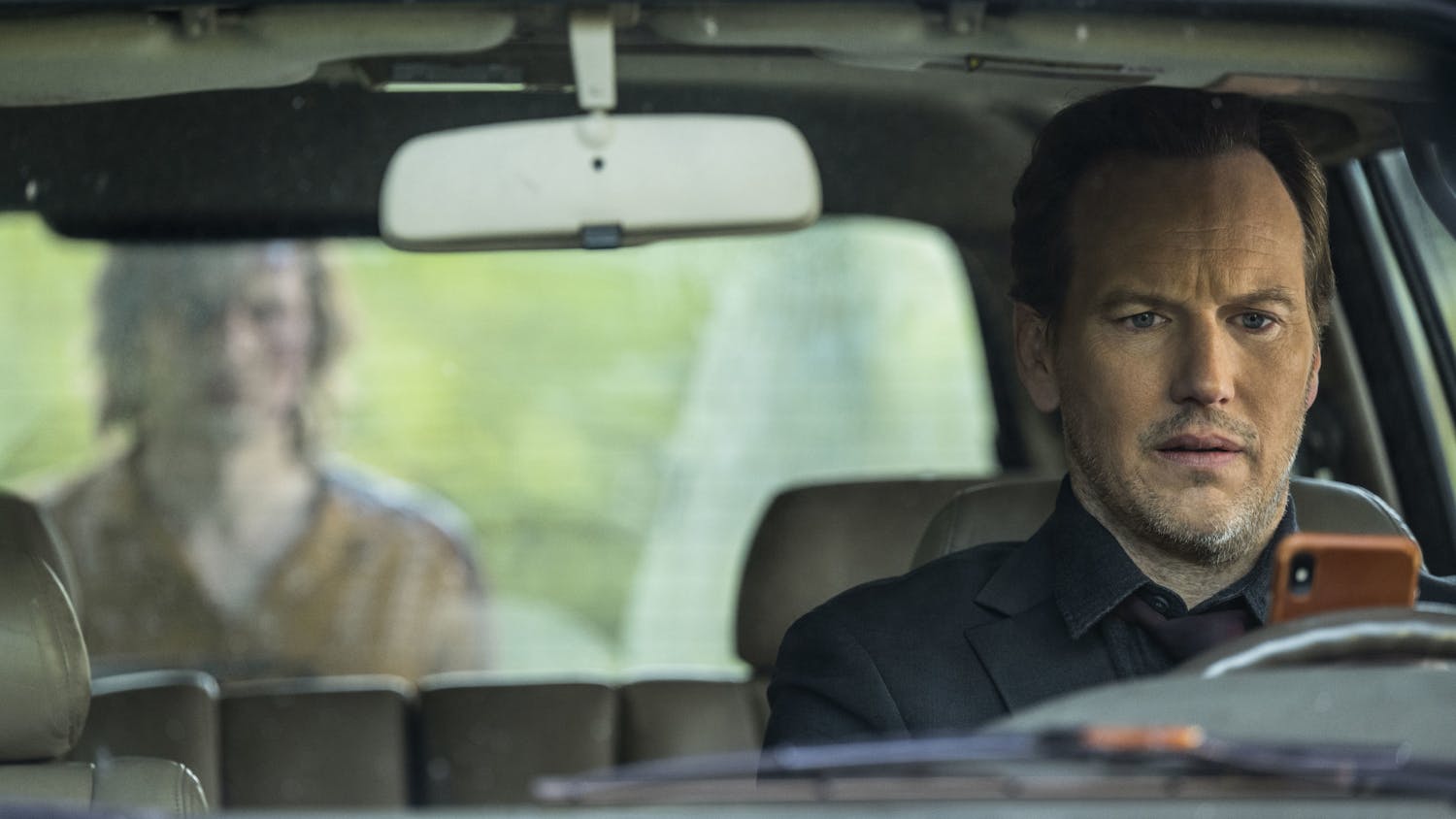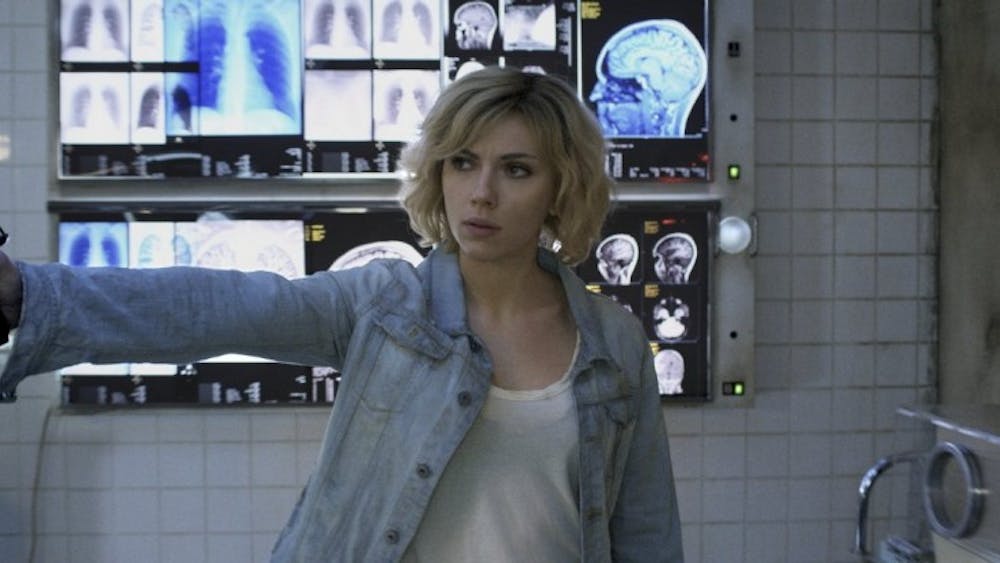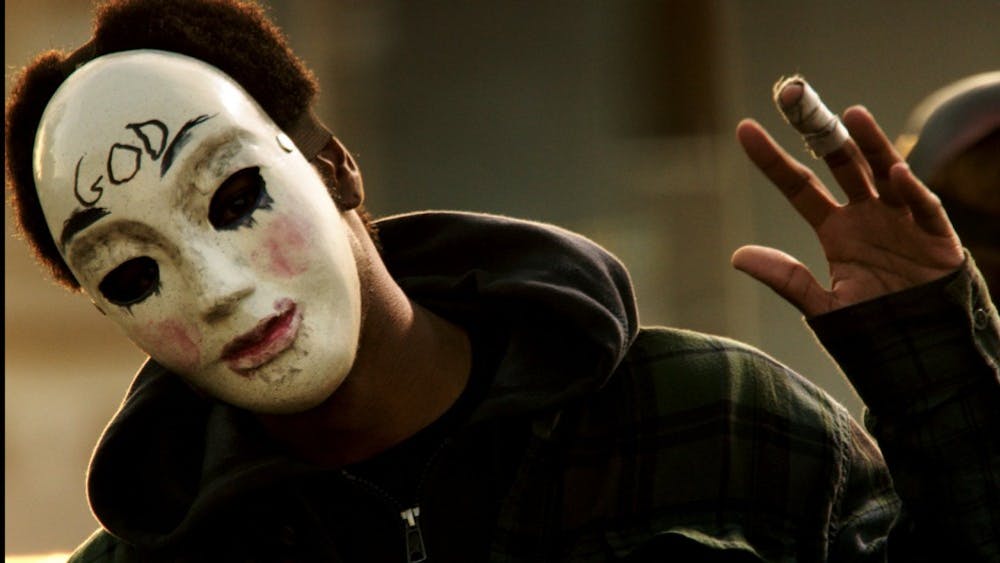“The Monuments Men” had all the ingredients necessary for a great wartime film — a star-studded cast, nerve-wracking war sequences, touching story lines, comedic moments and an uplifting message.
Instead of leaving audiences satisfied, though, it left a bland aftertaste from too many clichés.
The film, adapted from Robert M. Edsel’s book “The Monuments Men: Allied Heroes, Nazi Thieves and the Greatest Treasure Hunt in History,” had a great story to work with.
Based on the book’s true story, the film opens on the Nazi’s heist of the Ghent Altarpiece. Next thing you know, George Clooney’s character Frank Stokes is convincing Franklin D. Roosevelt to let him assemble a team to go into war to save art and culture.
Through a charming and comedic montage, Stokes’ team is assembled and includes Matt Damon’s, Bill Murray’s, John Goodman’s, Hugh Bonneville’s, Bob Balaban’s and Jean Dujardin’s characters. The platoon goes through basic training in another classic — and, at this point, not as charming — montage. Then they’re off to save art.
The strength of “The Monuments Men” was its emotional ride. It subtly brings viewers through an ebb and flow of comedy and melancholy.
Clooney and co-screenwriter Grant Heslov masterfully take you through sad, poignant moments and sweep you right back up again with a comedic quip. Never letting you dip all the way into depression, they work through heavy, dark material and bring you out at the end feeling hopeful and uplifted.
Another strength of the film was the comedic bites sprinkled throughout the movie.
Many of these moments were due to the undeniable chemistry of the whole cast. They were a bunch of buddies, playing a bunch of buddies, who drew you in with every scene.
Even when there wasn’t any dialogue, they acted off each other every single moment.
For example, there isn’t much dialogue in the scene where Murray and Balaban’s characters run into a Nazi and save themselves by lying in the grass and sharing some cigarettes with this enemy soldier. But the humor and camaraderie between
Murray’s and Balaban’s characters is present through the silence.
Despite this strong cast, Clooney and Heslov just couldn’t get this film to meet its full potential. For starters, the whole film is basically a search for two art pieces — the Ghent Altarpiece and the Madonna of Bruges. Of course, they couldn’t resist making those the last two pieces found by the Monuments Men.
The worst instance of nauseating clichés is the love plot between Damon’s character and Cate Blanchett’s character. All of the sexual tension between the two could have been avoided without changing the plot, especially since nothing actually happens between the two characters.
For some reason, though, movies can never show a man and a woman working in close proximity without involving sexual tension and romance. It’s just too hard, yet so critical, to resist.
The ending was surprisingly, but not repulsively, predictable. Once the war is finished and the Monuments Men have returned home, Stokes gives a report to FDR about how their mission went. FDR then asks if people who look at these pieces decades later will remember men lost their lives to preserve the works. Clooney’s character made sure they did.
I was left wondering, though, who will make sure audiences remember Clooney’s attempt to preserve this moment of history in film.
The Monuments Men

Get stories like this in your inbox
Subscribe





